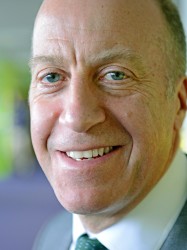BibTex format
@article{Ciaccio:2017:10.1016/j.compbiomed.2017.02.008,
author = {Ciaccio, EJ and Biviano, AB and Wan, EY and Peters, NS and Garan, H},
doi = {10.1016/j.compbiomed.2017.02.008},
journal = {Computers in Biology and Medicine},
pages = {166--181},
title = {Development of an automaton model of rotational activity driving atrial fibrillation},
url = {http://dx.doi.org/10.1016/j.compbiomed.2017.02.008},
volume = {83},
year = {2017}
}

